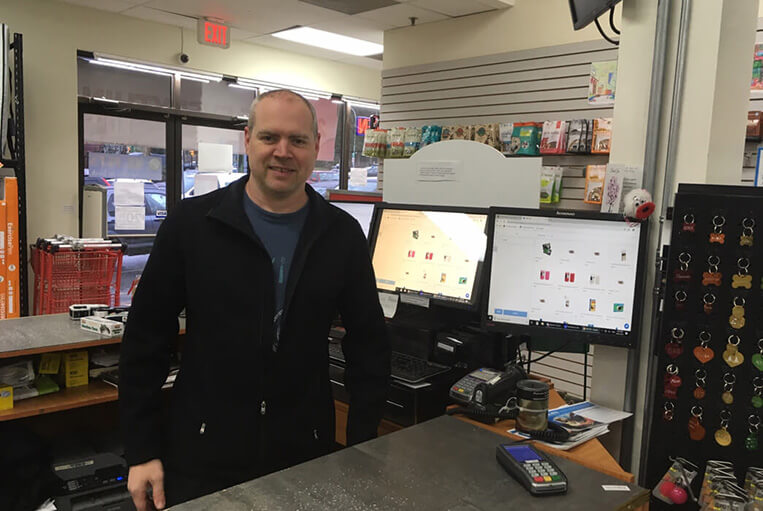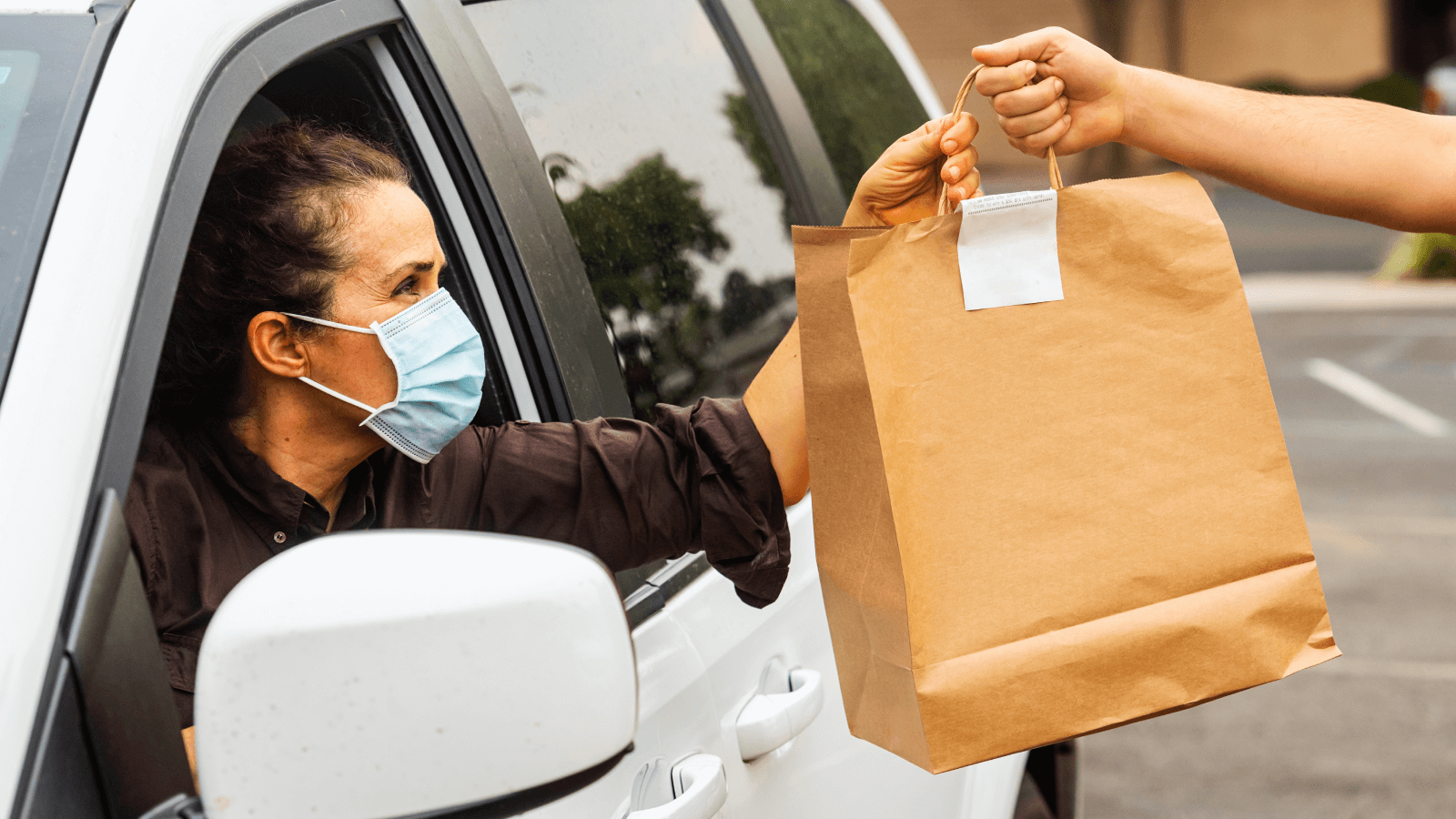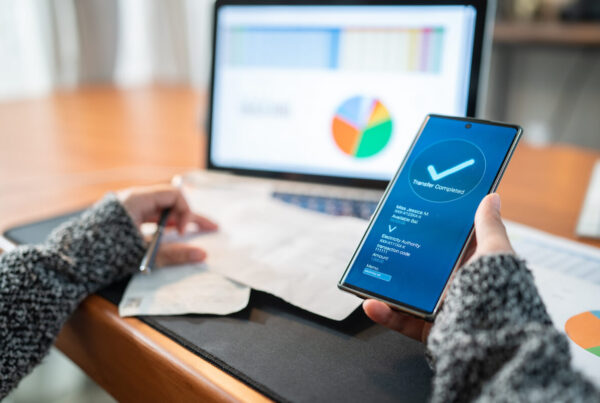In this first episode of the Retail’s New Normal podcast series, we’ll cover the topic “Retail insights in the new normal”. There will be a lot of insightful trends in the retail industry with our special guest Mrs. Riley. She is a retail expert from Magestore — World’s #1 POS for Magento retailers.
Let’s check out the episode to see what she will share about retail insights in the new normal.
About the Guest
KATE: Hi Riley, thank you for joining us today. Can you introduce yourself to the RNN audiences and tell us more details about your job at Magestore. How do you get retail insights from your customers?
RILEY: Hi everyone, my name is Riley – Business Consultant Manager from Magestore. I’m very honored to be here today, thanks RNN for having me.
It has been 5 years since I joined Magestore and started working directly with retailers of all sizes from the world. My daily job is to meet with retail companies to understand their concern and identify the gap between their expectation and the current situation. This really helps me understand what’s going on in the retail world.
Key retail trends during the pandemic
KEENAN: From your experience in retail, what is the most highlighted trend that you see among retailers during one year and a half of the pandemic?
RILEY: I believe it’s BOPIS (in short for Buy Online, Pick up In-store). According to data from Doddle sent to Business Insider Intelligence, buy online pick-up in-store (BOPIS) has gained serious adoption, with 68% of US consumers having made multiple click-and-collect purchases.
BOPIS encompasses curbside pickup and also “ship from store”, a relatively new option that gets items to you faster by shipping from your nearest store rather than from a warehouse.
Listening to the podcast on Youtube
KATE: Yeah, I think it totally makes sense when you say buy online and pick up in-store model becomes so popular among retail businesses. So in your opinion, why did they decide to adapt to BOPIS?
RILEY: In my opinion, there are three main reasons to explain it:
1. The coronavirus pandemic took care of the shift toward eCommerce.
For example, at the end of quarter II 2019, eCommerce represented 10.8% of U.S. retail spending. In quarter II 2020, amid the height of pandemic lockdowns, eCommerce spending surged 44.5% — its biggest quarterly growth in 20 years.
In the situation of social distance and the customer does not want to pay their shipping fee; so pick up curbside will be an option. A 2019 survey found that 48% of people who used BOPIS did so because of the lack of shipping costs.
2. Secondly, eighty-five percent of consumers who have used BOPIS say that they have made additional unplanned in-store purchases when picking up an order placed online, which is one of the main reasons that traditional, in-store shopping is advantageous to retailers.
3. Finally, BOPIS is more profitable than other omnichannel services, it gives retailers the opportunity to offer a small discount or other incentives to encourage customers to opt for the BOPIS option, creating a win-win for both the customer and the business.
Real BOPIS case studies in Magestore
KEENAN: I believe many Magestore customers have already implemented this solution, so what are their thoughts on BOPIS? Do they see any huge changes after using the solution?
RILEY: You’re right. So later last year, I worked with a retailer with 20 stores in Canada selling pets foods, the order amount is normally low, around tens of USD. Normally, the customer would go to the store and buy the food but during the pandemic, the stores are not allowed to serve in-store customers, and the customer is unwilling to pay an additional 20-30% of the order amount just for the shipping fees. So in that case, the owner had to launch the store pick-up options. And you know what, after 3 months of implementing this new strategy, this resulted in 20% in revenue growth of their business compared to the same period last year.

Other key retail trends
KATE: Any other key trends that you see retailers also try to adapt to get their business going during COVID-19?
RILEY: There are four more:
- Inject innovation to Omnichannel experience: Customers flex between channels now more than ever and that this needs to be reflected in how retail operations work.
- Personalization: 2020 or 2021 are not just going to be the year of the digital consumer. I believe it will be the years of a more informed, connected consumer who has higher expectations for personalization, service, and the ability to transact in every channel. Seventy-nine percent of consumers say that the experience a company provides is as important as its products and services.
- Embrace an agile operation model: The pace of change in the post-pandemic environment will force retailers to continually reassess their strategies. This approach requires more real-time insights on customers as well as a new agile operating model to harness these insights and put them into action.
At the time of the pandemic, everyone cares more about their health. So the retailer needs to pay attention. - Transform store operations and win on ‘SafeX’: Safe delivery modes are increasingly important to consumers – winning on Safe matters in digital & omnichannel.
Challenges for retailers
KATE: I know that many countries are controlling the situations pretty well. That’s why we see a lot of stores reopening. And probably they will expect a retail system or platform that fits with the new normal. So as a Senior Business Consultant from Magestore, do you have any advice for them to choose the best fit solution for the reopening?
RILEY: Based on the business needs that I have just mentioned, the answer is an Omnichannel solution that meets the following requirements:
- Multi-channel synthesis solution
- Consistency: Data synchronization solution
- Inventory management optimization
- Engaging customers loyalty
- Scalability: Extended API system
KEENAN: If businesses had struggled during Covid-19 and even now during their recovery, they can either find a new system or still use their current system but definitely consider adding these new channels to their current business operations. Says if it is BOPIS or adding a complete omnichannel experience or a new customer loyalty program.
So which way will be easier for retailers to do: Find a new system or try to add new features to their system?
RILEY: It will depend on what they currently have now.
When I work with retailers, we will identify the Fit & Gap between the current situation with the future expectation. Based on that, we see the pros and cons of each approach: Find a new one or try to work on the current system. Normally, adding to the current one may be cost-saving in the short term but if it can not serve the long-term plan or is hard to meet the requirements of a good Omnichannel solution, retailers may consider switching.
Closing
KATE: Thank you so much for your answer. I think I get a lot of new knowledge about retail and I’m sure the audience today as well.
RILEY: Thank Keenan and Kate for inviting me, I’m very glad to be on the podcast today. I also hope to receive more ideas from the audience so we can discuss further and get more insights into the retail world together.
KEENAN: That is all for this first episode of “Retail’s New Normal” podcast. Thank you all for listening to this episode and don’t forget to follow us in your favorite podcast app that you’re listening to and receive more content from us about retail insights.
If you’re interested in what we’re sharing in this episode and want to build your own retail solution, feel free to schedule a business assessment with our experts.














